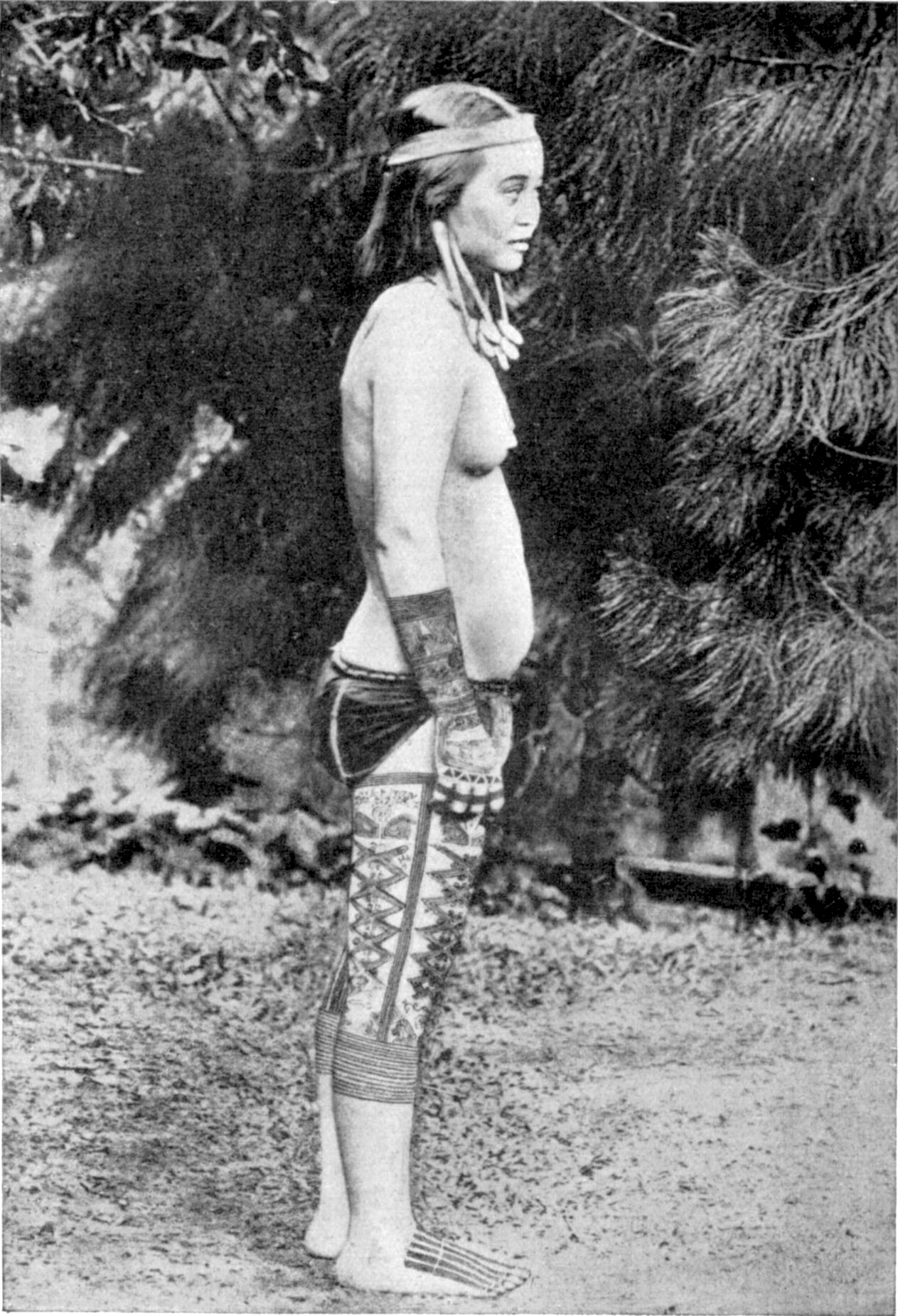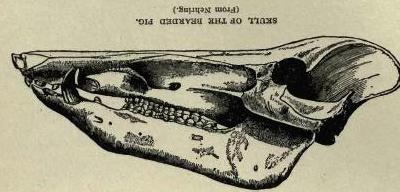|
Penan People
The Penan are a nomadic Indigenous peoples, indigenous people living in Sarawak and Brunei, although there is only one small community in Brunei; among those in Brunei half have been converted to Islam, even if only superficially. Penan are one of the last such peoples remaining as hunters and gatherers. The Penan are noted for their practice of 'molong' which means never taking more than necessary. Most Penan were nomadic hunter-gatherers until the post-World War II missionary, missionaries settled many of the Penan, mainly in the Ulu-Baram district but also in the Limbang district. They eat plants, which are also used as medicines, and animals and use the hides, skin, fur, and other parts for clothing and shelter. Demographics The Penan number around 16,000; of which only approximately 200 still live a nomadic lifestyle. Penan numbers have increased since they began to settle. The Penan can be broken down into two loosely related geographical groups known as either Eastern ... [...More Info...] [...Related Items...] OR: [Wikipedia] [Google] [Baidu] |
Ulu Baram
Ulu Baram is a remote area of Sarawak in Malaysia. It is an encased alluvial plain, created in part by the Baram River. The forest is certified for logging. Most of Ulu Baram belongs to the traditional area of the Orang Ulu (Upriver People), a collective name that includes the Penan people (about 10,000 overall), Kayan, Kenyah, Saban, Punan and Kelabit. There has been large-scale logging and subsequent creation of oil palm or monoculture acacia (used for paper) estates within the surrounding area, which continues despite the protracted protests of the indigenous inhabitants who claim these commercial activities are encroaching into their ancestral land and destroying their livelihood. It is thought that this part of Sarawak may be the prime habitat for the very rare Hose's civet (''Diplogale hosei''), a small carnivore endemic to the montane forests of northern Borneo Borneo (; id, Kalimantan) is the third-largest island in the world and the largest in Asia. At the geog ... [...More Info...] [...Related Items...] OR: [Wikipedia] [Google] [Baidu] |
Kayan People (Borneo)
Being an indigenous tribe in Borneo, the Kayan people are similar to their neighbours, the Kenyah people, Kenyah tribe, with which they are grouped together with the Bahau people under the Apo Kayan people group. The Kayan people are categorised as a part of the Dayak people. They are distinct from, and not to be confused with, the Kayan people (Myanmar), Kayan people of Myanmar. The population of the Kayan ethnic group may be around 200,000. They are part of a larger grouping of people referred collectively as the Orang Ulu, or upriver people. Like some other Dayak people, they are known for being fierce warriors, former headhunting, headhunters, adept in Upland rice cultivation, and having extensive tattoos and Stretching (body piercing), stretched earlobes amongst both sexes. History They may have originated from along the Kayan river in the North Kalimantan province of Borneo. They live along the upper Kayan and the middle Kapuas River, Kapuas and Mahakam River, Mahakam r ... [...More Info...] [...Related Items...] OR: [Wikipedia] [Google] [Baidu] |
Bornean Bearded Pig
The Bornean bearded pig (''Sus barbatus''), also known as the Sunda bearded pig or simply bearded pig, is a species in the pig genus, '' Sus''. It can be recognized by its prominent beard. It also sometimes has tassels on its tail. It is found in Southeast Asia—Sumatra, Borneo, the Malay Peninsula, and various smaller islands like in Sulu archipelago such as Tawi-Tawi, where it inhabits rainforests and mangrove forests. The bearded pig lives in a family. It can reproduce from the age of 18 months, and can be cross-bred with other species in the family Suidae. Subspecies The two subspecies of this pig are: *''S. b. barbatus'' (the nominate subspecies) *''S. b. oi'' (the western bearded pig) As traditionally defined, the nominate is from Borneo. The species is widely ranging in Borneo. It is also found in Tawi-Tawi province at the tip of the Sulu Archipelago in the Philippines, although possibly has been extirpated, and ''S. b. oi'' is from the Malay Peninsula and Sumatra. ... [...More Info...] [...Related Items...] OR: [Wikipedia] [Google] [Baidu] |
Metroxylon Sagu
''Metroxylon sagu'', the true sago palm, is a species of palm in the genus ''Metroxylon'', native to tropical southeastern Asia. The tree is a major source of sago starch. Description True sago palm is a suckering (multiple-stemmed) palm, each stem only flowering once (hapaxanthic) with a large upright terminal inflorescence. A stem grows tall before it ends in an inflorescence. Before flowering, a stem bears about 20 pinnate leaves up to long. Each leaf has about 150–180 leaflets up to long. The inflorescence, tall and wide, consists of the continuation of the stem and 15–30 upwardly-curving (first-order) branches spirally arranged on it. Each first-order branch has 15–25 rigid, distichously arranged second-order branches; each second-order branch has 10–12 rigid, distichously arranged third-order branches. Flower pairs are spirally arranged on the third-order branches, each pair consisting of one male and one hermaphrodite flower. The fruit is drupe-like, about ... [...More Info...] [...Related Items...] OR: [Wikipedia] [Google] [Baidu] |
Sago
Sago () is a starch extracted from the pith, or spongy core tissue, of various tropical palm stems, especially those of ''Metroxylon sagu''. It is a major staple food for the lowland peoples of New Guinea and the Maluku Islands, where it is called ''saksak'', ''rabia'' and ''sagu''. The largest supply of sago comes from Southeast Asia, particularly Indonesia and Malaysia. Large quantities of sago are sent to Europe and North America for cooking purposes. It is traditionally cooked and eaten in various forms, such as rolled into balls, mixed with boiling water to form a glue-like paste ( papeda), or as a pancake. Sago is often produced commercially in the form of "pearls" (small rounded starch aggregates, partly gelatinized by heating). Sago pearls can be boiled with water or milk and sugar to make a sweet sago pudding. Sago pearls are similar in appearance to the pearled starches of other origin, e.g. cassava starch (tapioca) and potato starch. They may be used interchang ... [...More Info...] [...Related Items...] OR: [Wikipedia] [Google] [Baidu] |
Rice
Rice is the seed of the grass species ''Oryza sativa'' (Asian rice) or less commonly ''Oryza glaberrima ''Oryza glaberrima'', commonly known as African rice, is one of the two domesticated rice species. It was first domesticated and grown in West Africa around 3,000 years ago. In agriculture, it has largely been replaced by higher-yielding Asian r ...'' (African rice). The name wild rice is usually used for species of the genera ''Zizania (genus), Zizania'' and ''Porteresia'', both wild and domesticated, although the term may also be used for primitive or uncultivated varieties of ''Oryza''. As a cereal, cereal grain, domesticated rice is the most widely consumed staple food for over half of the world's World population, human population,Abstract, "Rice feeds more than half the world's population." especially in Asia and Africa. It is the agricultural commodity with the third-highest worldwide production, after sugarcane and maize. Since sizable portions of sugarcane and ma ... [...More Info...] [...Related Items...] OR: [Wikipedia] [Google] [Baidu] |
Longhouse
A longhouse or long house is a type of long, proportionately narrow, single-room building for communal dwelling. It has been built in various parts of the world including Asia, Europe, and North America. Many were built from timber and often represent the earliest form of permanent structure in many cultures. Types include the Neolithic long house of Europe, the Norman Medieval Longhouses that evolved in Western Briton (''Tŷ Hir)'' and Northern France (''Longère)'' and the various types of longhouse built by different cultures among the indigenous peoples of the Americas. Europe *The Neolithic long house type was introduced with the first farmers of central and western Europe around 5000 BCE, 7,000 years ago. These were farming settlements built in groups of six to twelve and were home to large extended families and kin. *The Germanic cattle-farmer longhouses emerged along the southwestern North Sea coast in the third or fourth century BCE and may be the ancestors of sever ... [...More Info...] [...Related Items...] OR: [Wikipedia] [Google] [Baidu] |
Government Longhouses (21379430402)
A government is the system or group of people governing an organized community, generally a state. In the case of its broad associative definition, government normally consists of legislature, executive, and judiciary. Government is a means by which organizational policies are enforced, as well as a mechanism for determining policy. In many countries, the government has a kind of constitution, a statement of its governing principles and philosophy. While all types of organizations have governance, the term ''government'' is often used more specifically to refer to the approximately 200 independent national governments and subsidiary organizations. The major types of political systems in the modern era are democracies, monarchies, and authoritarian and totalitarian regimes. Historically prevalent forms of government include monarchy, aristocracy, timocracy, oligarchy, democracy, theocracy, and tyranny. These forms are not always mutually exclusive, and mixed governme ... [...More Info...] [...Related Items...] OR: [Wikipedia] [Google] [Baidu] |
Malayo-Polynesian Languages
The Malayo-Polynesian languages are a subgroup of the Austronesian languages, with approximately 385.5 million speakers. The Malayo-Polynesian languages are spoken by the Austronesian peoples outside of Taiwan, in the island nations of Southeast Asia (Indonesian and Philippine Archipelago) and the Pacific Ocean, with a smaller number in continental Asia in the areas near the Malay Peninsula. Cambodia, Vietnam and the Chinese island Hainan serve as the northwest geographic outlier. Malagasy, spoken in the island of Madagascar off the eastern coast of Africa in the Indian Ocean, is the furthest western outlier. The languages spoken south-westward from central Micronesia until Easter Island are sometimes referred to as the Polynesian languages. Many languages of the Malayo-Polynesian family show the strong influence of Sanskrit and Arabic, as the western part of the region has been a stronghold of Hinduism, Buddhism, and, later, Islam. Two morphological characteristics of the M ... [...More Info...] [...Related Items...] OR: [Wikipedia] [Google] [Baidu] |
Kenyah Languages
The Kenyah languages are a group of half a dozen or so closely related languages spoken by the Kenyah peoples of Borneo. They are: : Kenyah proper (a dialect cluster, incl. Madang), Sebob, Tutoh (Long Wat), Wahau Kenyah, Uma’ Lung / Uma’ Lasan. ''Ethnologue'' says that the Punan–Nibong languages are related to Uma’ Lasan, ''Glottolog'' that they are outside the Kenyah languages. Classification Soriente (2008) proposes a Kayan-Kenyah grouping. *Proto–Kayan-Kenyah **Kenyah *** Upper Pujungan ***Usun Apau **Penan *** West Penan *** East Penan ** Kayanic *** Lebu Kulit *** Mboh *** Ngorek *** Kayan However, Smith (2015) rejects Soriente's grouping, and argues that Kenyah and Kayan are separate groups. Smith (2015) proposes the following classification.Smith, Alexander D. "On the Classification of Kenyah and Kayanic Languages." In ''Oceanic Linguistics'', Volume 54, Number 2, December 2015, pp. 333-357. *Proto-Kenyah **Highland ***Highland A dialects: Lepo Gah, Lep ... [...More Info...] [...Related Items...] OR: [Wikipedia] [Google] [Baidu] |
Dayak People
The Dayak (; older spelling: Dajak) or Dyak or Dayuh are one of the native groups of Borneo. It is a loose term for over 200 riverine and hill-dwelling ethnic groups, located principally in the central and southern interior of Borneo, each with its own dialect, customs, laws, territory, and culture, although common distinguishing traits are readily identifiable. Dayak languages are categorised as part of the Austronesian languages. The Dayak were animist (Kaharingan and Folk Hindus) in belief; however, since the 19th century there has been mass conversion to Christianity as well as Islam due to the spreading of Abrahamic religions. Etymology It is commonly assumed that the name originates from the Bruneian and Melanau word for “interior people”, without any reference to an exact ethnic group. The term was adopted by Dutch and German authors as an umbrella term for any non-Muslim natives of Borneo. Thus, the difference between Dayaks and non-Dayaks natives could be un ... [...More Info...] [...Related Items...] OR: [Wikipedia] [Google] [Baidu] |
.jpg)


_in_New_Guinea.jpg)


